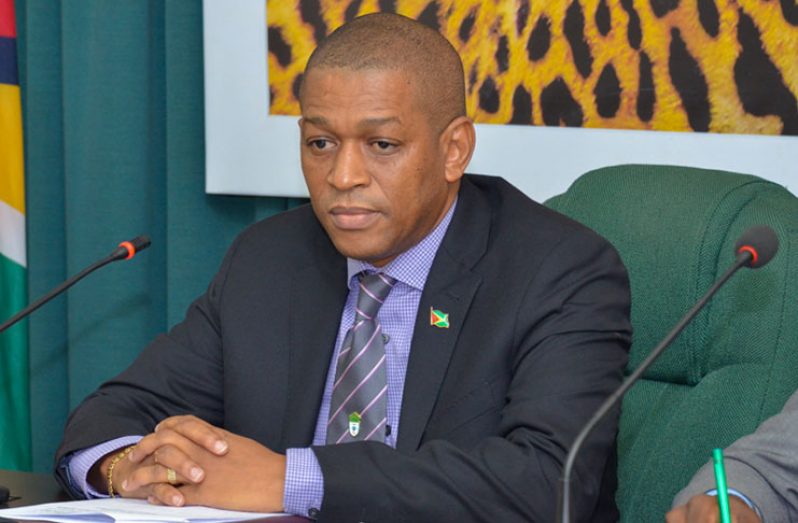WHILE there have been several criticisms pertaining to ExxonMobil’s offshore flaring of natural gas, Director of the Department of Energy (DoE), Dr. Mark Bynoe has noted that the said activity was catered for in the Environmental Management Plan of the block’s operator, Esso Exploration and Production Guyana Limited (EEPGL).
Reports are that ExxonMobil flared over two billion cubic feet of natural gas because of challenges during production start-up. These challenges have since been resolved and the re-injection of gas has commenced.
However, explaining the basis on which the company was authorised to flare the gas, Dr. Bynoe stated earlier this week: “According to the Environmental Management Plan which was issued to the operator for Liza Phase One, some amount of flaring is allowed at start-up until one reaches what is termed steady state. Additionally, if there is to be an emergency, flaring is allowed because what you’re seeking to do is to protect the integrity of the resource.”
Dr. Bynoe said that a Flare Out Plan exists and the Environmental Protection Agency (EPA) is working with the operator in accordance with this. Even so, an international environmental group, the Center for International Environmental Law (CIEL), also criticised flaring of the gas noting that it releases greenhouse gases and toxins, threatening the global climate, the local environment, and public health.
It had called on the EPA to shut down EEPGL’s operations if it could not operate safely without flaring billions of cubic feet of natural gas. Others such as former presidential adviser on petroleum Jan Mangal had voiced their preference for the gas to be used by Guyanese for electricity and other purposes.
The re-injection having commenced will result in the natural gas being re-injected into underground reservoirs which not only eliminates the alternative of flaring, but stimulates the recovery of additional crude oil.
Back in 2019, ExxonMobil had explained to media operatives that for the first period after ‘first oil’ there would be initial start-up flaring – authorised by the EPA – which occurs during the commissioning and initial start-up phases of the FPSO when gas and liquids are introduced into new facilities and equipment.
This flaring, it had said, would not continue as routine and will take place again only in the case of an emergency, when flaring would have been used to immediately de-pressure the facility as part of a shut-down process to reduce risks.



.jpg)








